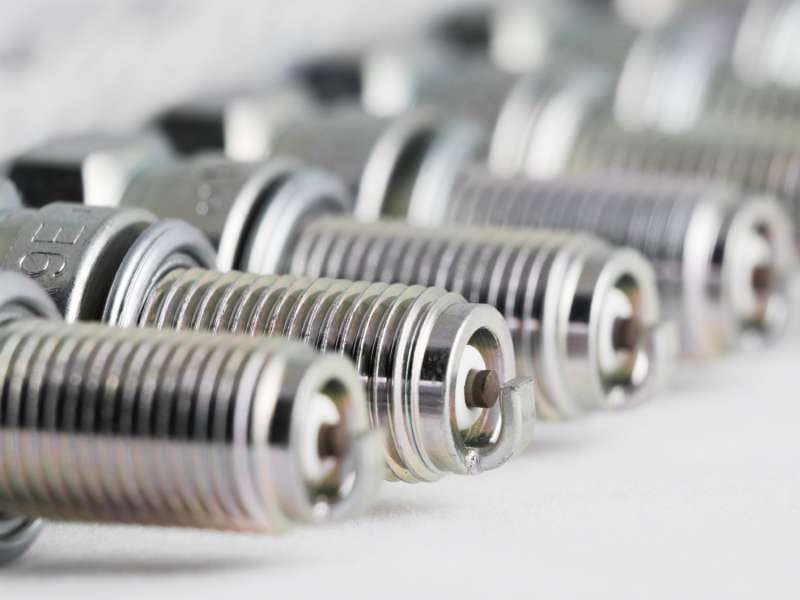Recent Articles
Popular Makes
Body Types
How To Gap Spark Plugs

Knowing how to gap spark plugs is an important part of a tune-up procedure. The gap is the distance between the center electrode of the spark plug and its ground strap. Setting the spark plug gap correctly can improve fuel economy and power. The proper specifications can be found in the owner's manual or on a tag under the hood.
Some spark plugs come pre-gapped, but these should still be checked as the gap can get changed during the course of normal shipping and handling. Some platinum and iridium plugs have warnings on them not to change the gap, however these also need to be checked and properly set. Some applications (typically very high-performance and rotary motors) have spark plugs that have no ground strap while others have multiple ground straps, these are generally very difficult to gap and should be set correctly from the factory. If you do need to gap a plug that has multiple grounds contact the manufacturer for appropriate instructions.
When checking or setting the gap its important to use the proper tools in order to prevent damage to the plug. It's best to use a set of feeler gauges or a wire spark plug gap checking tool as these are more accurate than the disc type and less likely to break the electrode. When checking the gap be gentle and do not force the tool. If the gap is too small use a proper gapping tool to slowly force the ground away from the center electrode. The gap should never be opened by prying against the center electrode. To close the gap lightly tap the bottom of the plug against a hard surface. Once the spark plug has been gapped be careful not to change the gap by dropping it or by banging it against the engine during installation.